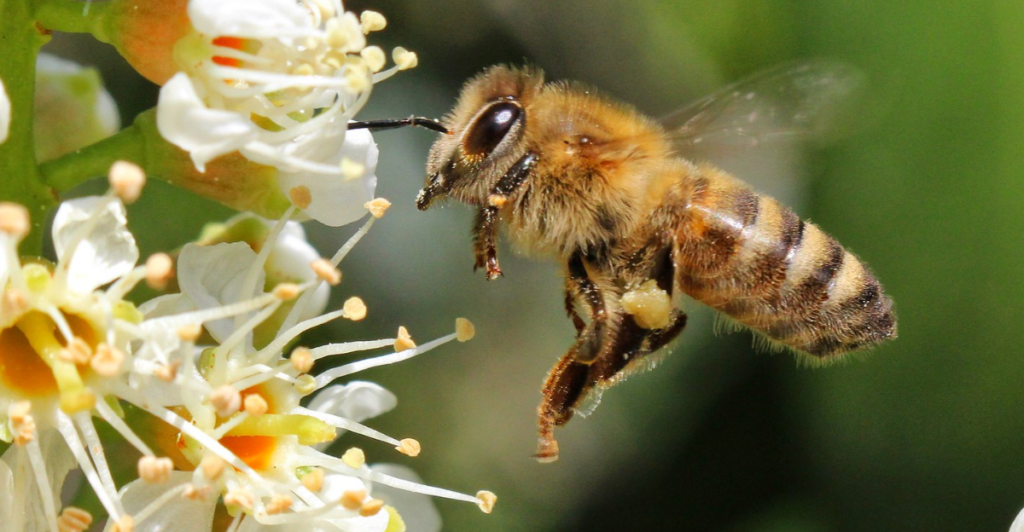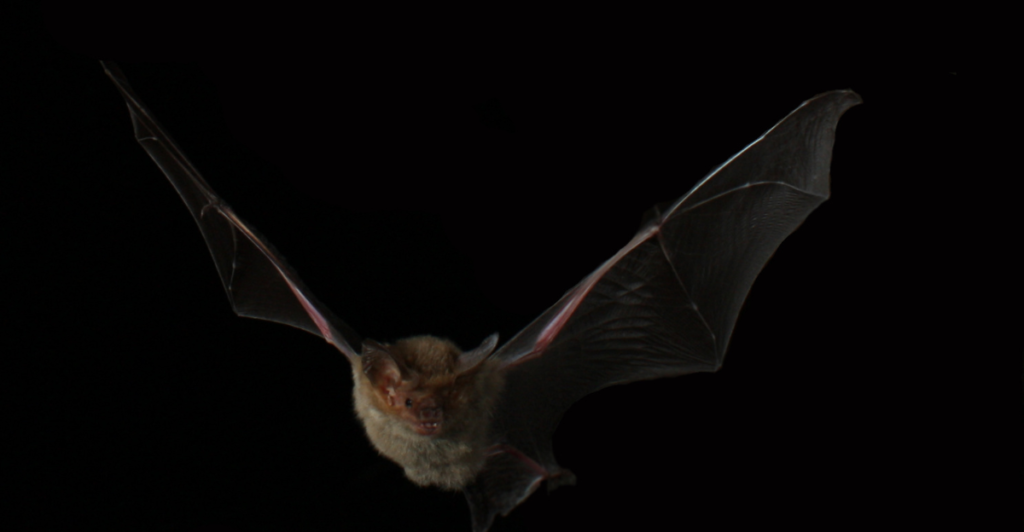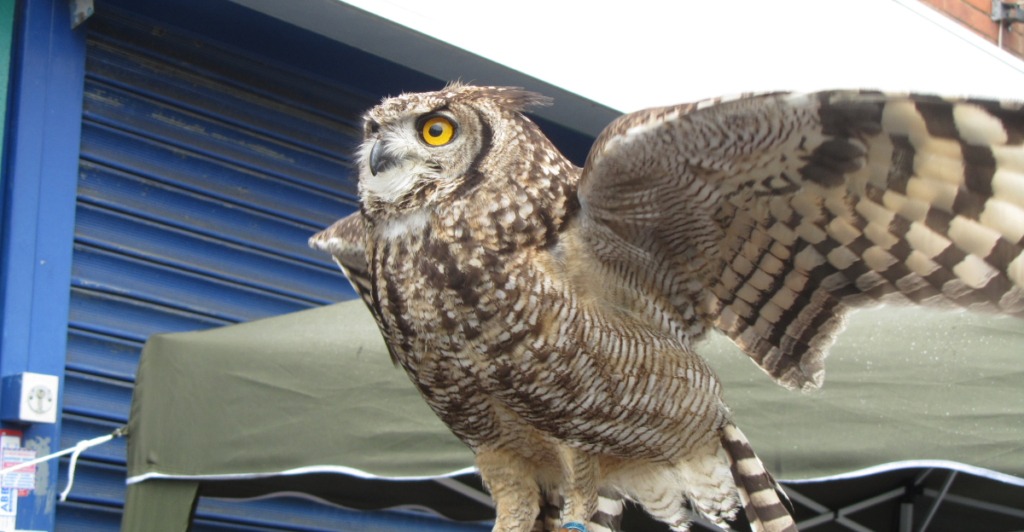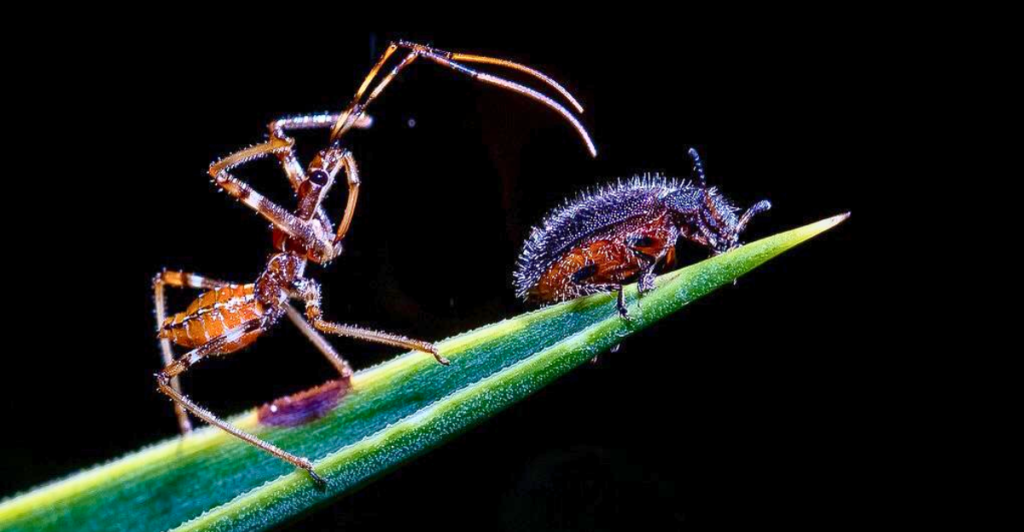
When the sun sets over the farm, most imagine cows settling in the barn, chickens roosting, and fields quieting down. However, the real magic happens behind the scenes—or rather, underground, in the air, and around the edges of farmland. Animals that many find creepy, crawly, or unsettling play critical roles in maintaining healthy farms and crops. From soil dwellers to night predators, these creatures contribute to a complex ecosystem that supports farmers every day. Here’s a closer look at some surprising farm allies.
Earthworms: The Soil Engineers

Earthworms may not have eyes, legs, or faces, but their presence in soil is a blessing to farmers. These slimy creatures break up compacted soil, creating tunnels that allow air and water to flow. They also pull minerals to the surface, improving soil fertility. Out of the 180+ earthworm species in the U.S., most are beneficial, enhancing fertilizer efficiency and supporting healthier crops.
Millipedes: The Organic Shredders

With their many legs and segmented bodies, millipedes look intimidating. However, they are harmless and helpful. Millipedes shred leftover crop residue and mix it into the soil. This process accelerates decomposition, providing fungi and bacteria with more surface area to work on, which enriches soil fertility and supports new plant growth.
Ladybugs: Nature’s Pest Control

Ladybugs, or lady beetles, are beloved by gardeners and farmers for their pest-control abilities. Despite their cute appearance, they are ruthless predators of aphids, mites, and other crop-damaging insects. A single ladybug can eat up to 60 aphids a day, making them a natural solution to pest infestations.
Pollinators: Nature’s Gardeners

Pollinators, including bees, butterflies, moths, and hummingbirds, are essential for farm productivity. About 87% of flowering plants and over 150 U.S. food crops rely on pollinators to transfer pollen between plants. Bees, especially, are vital pollinators, with over 4,000 species in the U.S. alone. Protecting pollinators’ habitats ensures farms continue to thrive.
Spiders: The Insect Controllers

Despite their spooky reputation, spiders are invaluable for pest control. With over 600 species patrolling croplands, spiders consume countless crop-destroying insects. Experts say that without spiders, insect pests would devastate farms, leading to widespread food shortages.
Coyotes: The Rodent Regulators

Coyotes are often seen as pests themselves, but they play a vital role in balancing ecosystems. Coyotes prey on rodents like rabbits, gophers, and mice, which damage crops. By keeping rodent populations in check, coyotes reduce crop losses and support healthier farmland.
Snakes: The Silent Pest Hunters

Snakes, often feared for their appearance, are secret allies to farmers. They hunt rodents, such as rats and field mice, which feed on crops or burrow through roots. With about 50 snake species in the U.S., most are harmless and avoid humans while quietly protecting farmland.
Skunks: The Pest Eaters

While skunks are notorious for their foul odor, they provide unexpected benefits to farms. Skunks feed on pest insects like caterpillars, grubs, and small rodents that can damage crops. Though beekeepers may disagree, skunks’ role in pest control makes them valuable members of farm ecosystems.
Bats: The Nighttime Protectors

Bats, often associated with fear and Halloween, are champions of pest control. A single bat can consume hundreds of insects in one night, significantly reducing crop-damaging pests. Economists estimate bats’ insect control saves U.S. farmers over $23 billion annually—a staggering figure for these winged mammals.
Owls: The Silent Hunters

Owls are night stalkers that play a key role in reducing rodent populations. A single owl can eat up to 10% of its body weight in rodents each night. With their sharp hunting skills, owls protect crops from damage while also preying on snakes, amphibians, and invertebrates.
The Underground Creepers: Hidden Soil Organisms

Beneath every farm lies a hidden world teeming with life—beetles, springtails, mites, ants, nematodes, and more. These soil organisms break down organic matter, provide nutrients for plants, and create pathways for water. Without them, soil health would decline, harming crops and farm productivity.
Nature’s Balance: Why These Animals Matter

While many of these creatures may be unsettling, they are essential for maintaining the delicate balance of life on farms. From breaking down organic matter to keeping pests at bay, these animals provide natural, cost-effective solutions that support farmers and the crops they grow. Without them, the farming ecosystem would struggle, and food production would decline.
Stay connected with us for more stories like this! Follow us to get the latest updates or hit the Follow button at the top of this article, and let us know what you think by leaving your feedback below. We’d love to hear from you!







